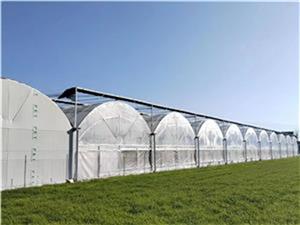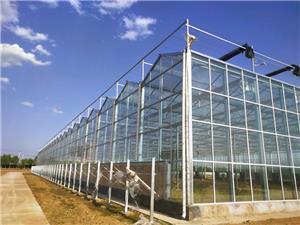Why Do Grapes and Cherries Need Rain - Shelter Cultivation?
Why Do Grapes and Cherries Need Rain - Shelter Cultivation?
Grapes and cherries are two popular fruits that are widely loved by consumers around the world. They not only offer a delicious taste but also provide various health benefits. Grapes are rich in antioxidants like resveratrol, which is associated with heart health and anti - aging properties. Cherries are known for their high content of vitamin C, potassium, and melatonin, which can help with sleep and reduce inflammation. These fruits are commonly seen in fruit markets, supermarkets, tunnel greenhouse,and are also used in a variety of food products such as wines, jams, and desserts.
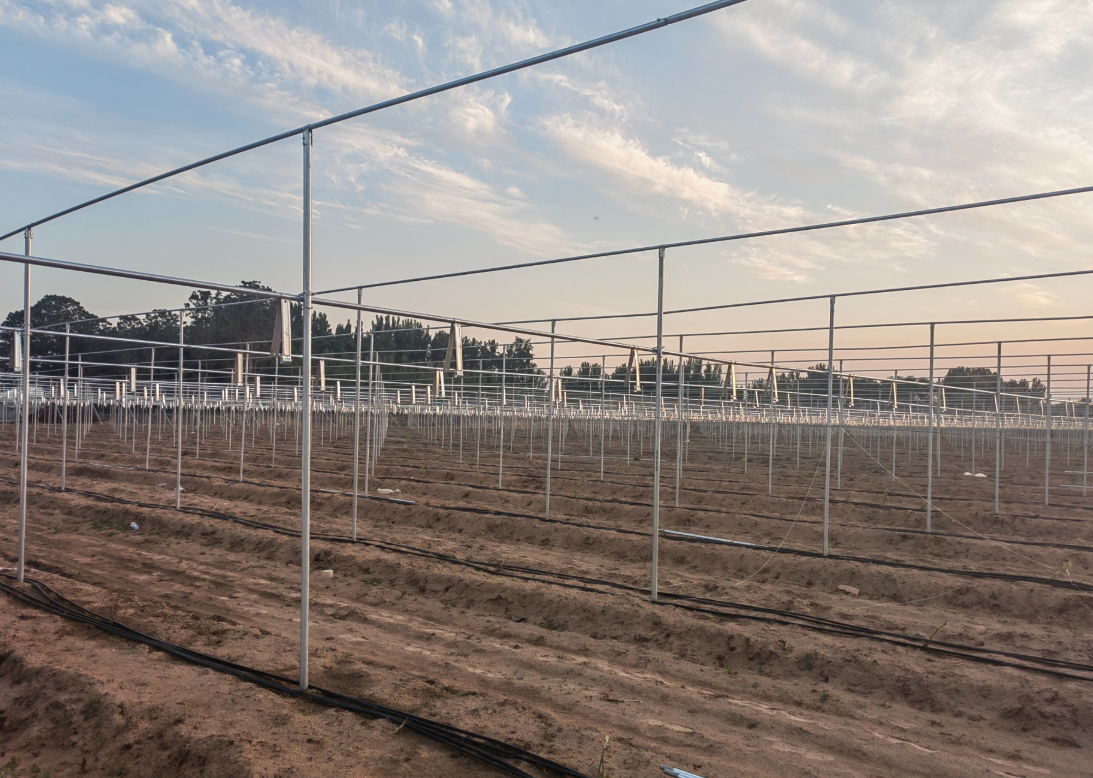
However, in the cultivation of grapes and cherries, tunnel greenhouse,a particular method called rain - shelter cultivation has gained significant importance. Rain - shelter cultivation, as the name implies, is a method where a protective structure, usually made of plastic film or other materials, is set up above the plants. This structure covers the top part of the plants, preventing rainwater from directly falling on the vines, tunnel greenhouse branches, fruits, and the surrounding soil. The main purpose is to create a relatively stable and protected micro - environment for the growth of the fruits, shielding them from the negative impacts of excessive rainfall, high humidity, and certain weather - related stressors. In the following sections, we will explore in detail why this cultivation method is crucial for grapes and cherries.
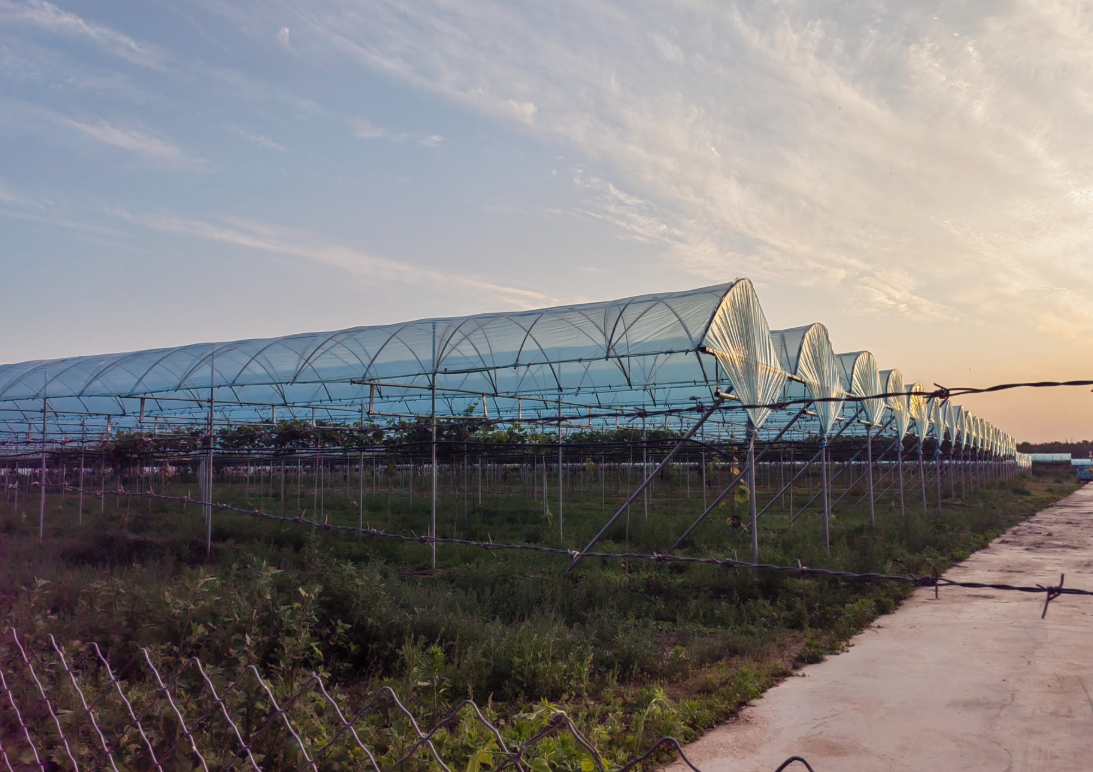
Rain - shelter cultivation plays a crucial role in disease prevention for grapes and cherries. For grapes, many fungal diseases rely on rainwater as a medium for spore dissemination. For example, black rot of grapes is caused by the fungus Guignardia bidwellii. In open - field cultivation, when it rains,tunnel Greenhouse the spores of this fungus are splashed by raindrops from infected plant debris to healthy grapevines. These spores then germinate on the wet surfaces of leaves, tunnel greenhouse,shoots, and fruits, leading to infection. However, with rain - shelter cultivation, the physical barrier of the shelter prevents rain from reaching the plants, thus blocking this spore - splashing mechanism. Research has shown that in areas with high rainfall, the incidence of grape black rot in open - field cultivation can be as high as 30 - 40% during a rainy growing season. In contrast, in rain - shelter - cultivated vineyards, the incidence can be reduced to less than 10%.
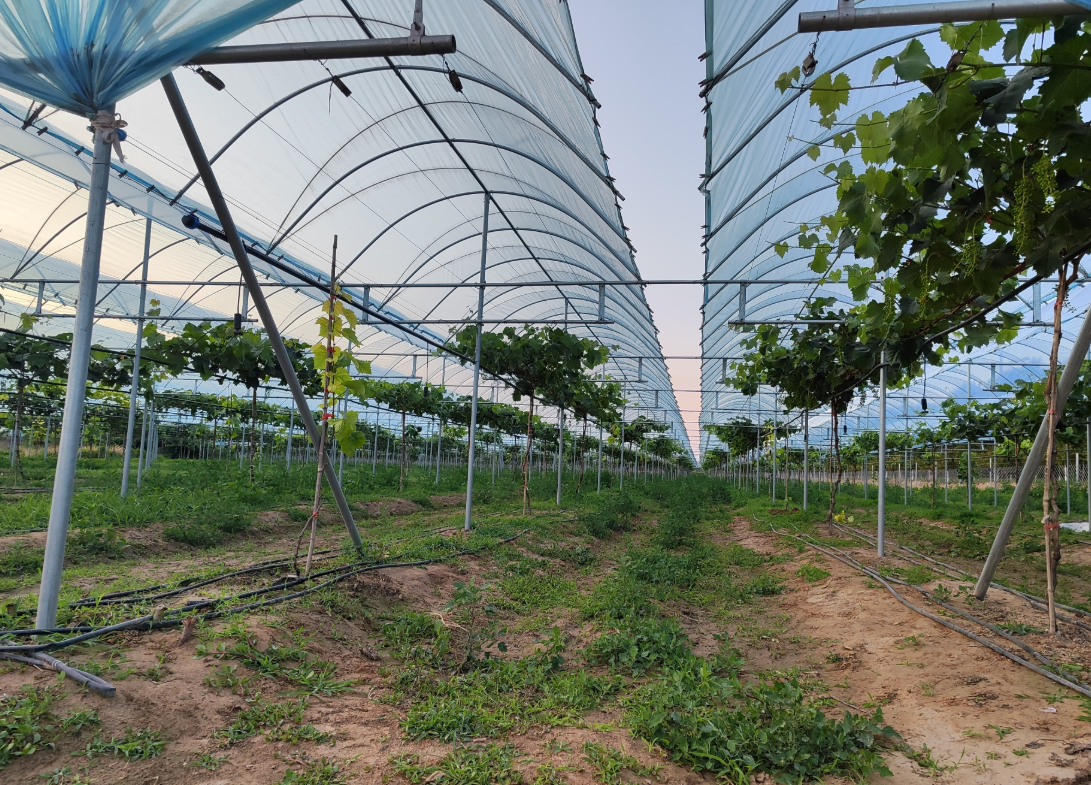 To address these challenges, tunnel greenhouse,several solutions can be implemented. For disease prevention, proper ventilation is crucial. Installing ventilation systems such as side vents, roof vents, or exhaust fans in the rain - shelters can significantly improve air circulation. This helps to reduce humidity levels and prevent the build - up of fungal spores. For example, in a large - scale rain - shelter - cultivated vineyard, automated side - vent systems can be set to open and close according to the temperature and humidity sensors within the shelter. When the humidity reaches a certain threshold, the vents open to allow fresh air to enter and the moist air to escape.
To address these challenges, tunnel greenhouse,several solutions can be implemented. For disease prevention, proper ventilation is crucial. Installing ventilation systems such as side vents, roof vents, or exhaust fans in the rain - shelters can significantly improve air circulation. This helps to reduce humidity levels and prevent the build - up of fungal spores. For example, in a large - scale rain - shelter - cultivated vineyard, automated side - vent systems can be set to open and close according to the temperature and humidity sensors within the shelter. When the humidity reaches a certain threshold, the vents open to allow fresh air to enter and the moist air to escape. In conclusion, rain - shelter cultivation is of great necessity for the growth and production of grapes and cherries. Due to the growth habits of these two fruits, they are highly vulnerable to the negative impacts of rain, such as cracking, the outbreak of diseases, and reduced yields. Rain - shelter cultivation effectively addresses these issues. It significantly reduces the incidence of diseases, improves the quality of the fruits, stabilizes yields, and reduces pesticide use, tunnel greenhouse,which is beneficial for both the environment and consumer health.
In conclusion, rain - shelter cultivation is of great necessity for the growth and production of grapes and cherries. Due to the growth habits of these two fruits, they are highly vulnerable to the negative impacts of rain, such as cracking, the outbreak of diseases, and reduced yields. Rain - shelter cultivation effectively addresses these issues. It significantly reduces the incidence of diseases, improves the quality of the fruits, stabilizes yields, and reduces pesticide use, tunnel greenhouse,which is beneficial for both the environment and consumer health.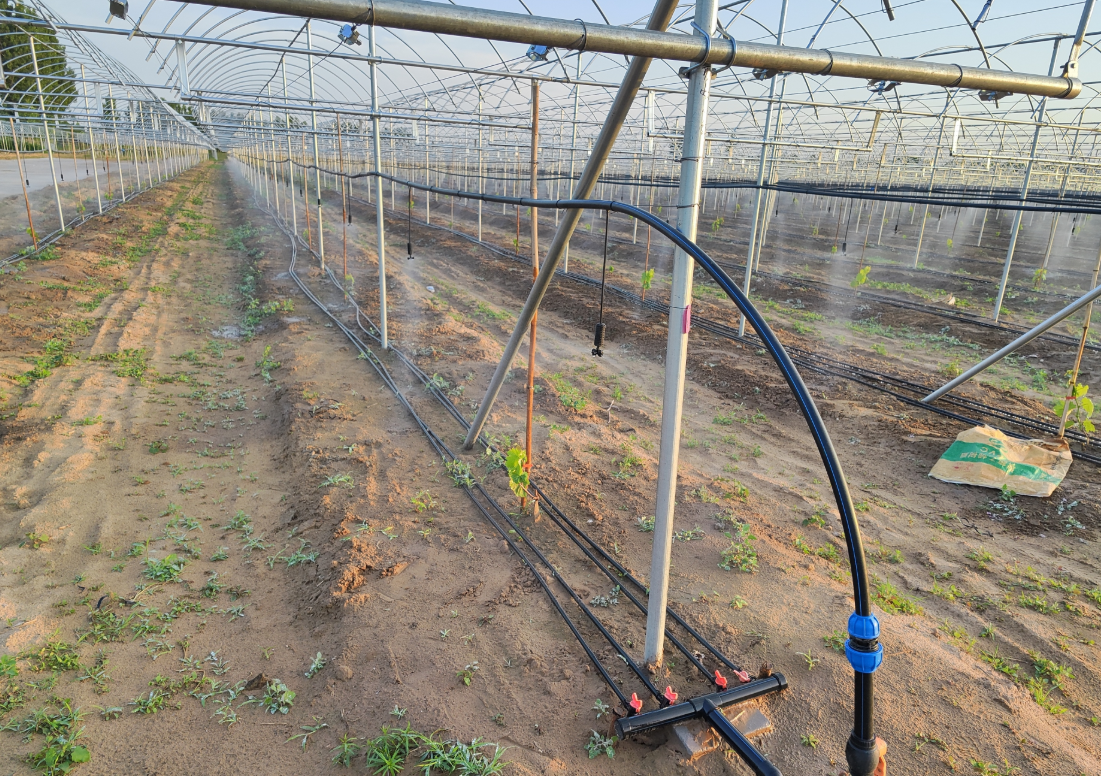
Looking ahead, with the continuous development of agricultural technology, the rain - shelter cultivation technology is expected to be further optimized. New materials with better light - transmittance, durability, and cost - effectiveness may be developed for the construction of rain - shelters. More intelligent environmental control systems may be integrated into the rain - shelters to better regulate temperature, humidity, and light conditions. Tunnel Greenhouse will not only further improve the quality and yield of grapes and cherries but also expand the application scope of rain - shelter cultivation to more regions and fruit - growing scenarios.
Overall, rain - shelter cultivation plays a crucial role in the fruit industry. Tunnel Greenhouse is an important measure to ensure the stable supply of high - quality grapes and cherries, meet the growing demand of consumers for high - quality fruits, and promote the sustainable development of the fruit - growing industry. As we continue to explore and innovate in this tunnel greenhouse field, the future of grape and cherry cultivation under rain - shelters looks promising.

